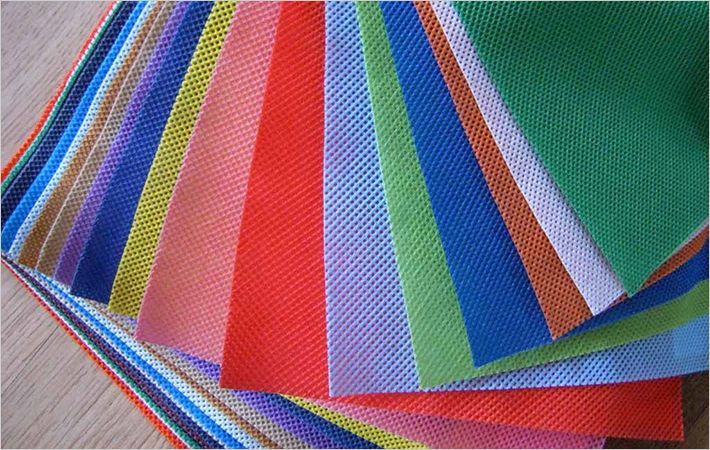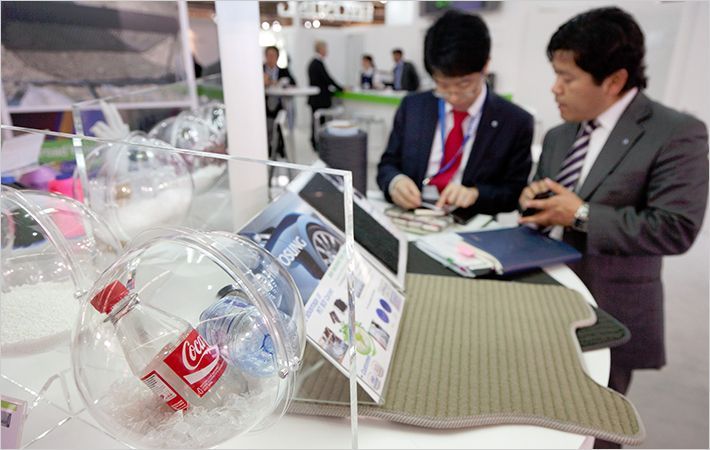Old buildings are beautiful - and difficult to isolate. Empa and Fixit AG have jointly developed based on a novel airgel plaster that twice as well insulated as usual today Dämmputzsorten. It insulates heat comparably well as polystyrene plates. Next year, the product hit the market.
There are a half million buildings in Switzerland. With this building we have to live - we want to live with her. But at the same time, the energy consumption of the country. 4.5 million tons of fuel oil and 3 million cubic meters of gas, according to the Federal Office of Energy imported annually, 43 percent of them go for heating up the chimney. Who wants to save fossil energy must isolate his house so. But as I think absorbing historical building - whether he is a half-timbered house in Thurgau, as a community center in Solothurn or Art Deco apartment building in the north of Zurich? Homeland Security would be less than pleased when the historic facade would simply imposed with modern insulation panels.Old buildings are beautiful - and difficult to isolate. Empa and Fixit AG have jointly developed based on a novel airgel plaster that twice as well insulated as usual today Dämmputzsorten. It #
To obtain the appearance of an old house wall, a plaster is best. And undressing of winding staircases, arches and retaining the cutting of insulation board is a tedious business. "An inner lining made of insulating plaster can be applied much more quickly," says Empa building physicist Thomas Steel. "Besides, lies directly on the plaster on the walls and leaves no gaps where moisture can condense."
Steel and his colleague Severin hard Meier of Fixit central laboratory have made it their task to raise the insulation properties of plaster to a new level and to develop a plaster that contained just as good as a polystyrene plate. The years of research has now success: the product has survived the laboratory and has been tested since the beginning of July 2012, the first buildings. If the new insulating plaster holds in everyday life, what it promises, the material in the course of 2013 on the market.
But what's inside the new miracle cleaning from Empa laboratory? Steel and his colleagues chose probably the best insulation material that can be industrially produced: airgel. The material for his appearance as "frozen smoke" is known to about 5 percent of silicate - the rest is air. Airgel has been used in the sixties for the isolation of space suits and holds 15 entries in the Guinness Book of World Records, including those as "best insulator" and "lightest solid." Aerogel is already being used in construction, such as einblasbarer insulation for wall voids or in the form of insulation panels woven fabrics.
So where is the problem that no one has mixed airgel into a plaster? Steel building researchers saves a long explanation assumes a transparent plastic box from the shelf and opened the lid: "Grasp items, and rub a little." In fact, the airgel beads extremely light, almost weightless, and they can be between the thumb and forefinger hold. But as soon as you rub your fingers, they crumble. After two or three movements of the miracle substance only a fine powder is left. "That was exactly our problem," says Stahl, "when we gently mix the powder with water and apply the plaster by hand, the results are good. But just imagine, the plaster with a pressure 7-8 bar pumped through the tube of a professional Shine. Then from our airgel remains not much.
To make the cleaning "industry-ready machines," it took a lot of knowledge about the ingredients of dry plaster mixtures and their interaction with airgel. And a series of experiments - from the palm large laboratory sample to months of weathering. In the end, the researchers from Empa and Fixit had a solution that will soon be patented.
Empa

